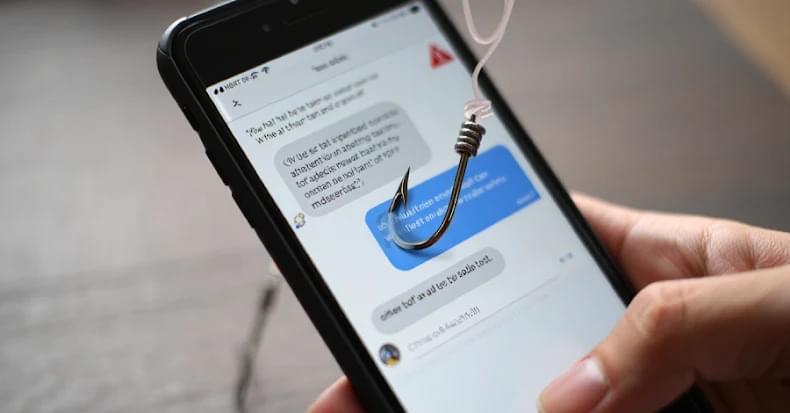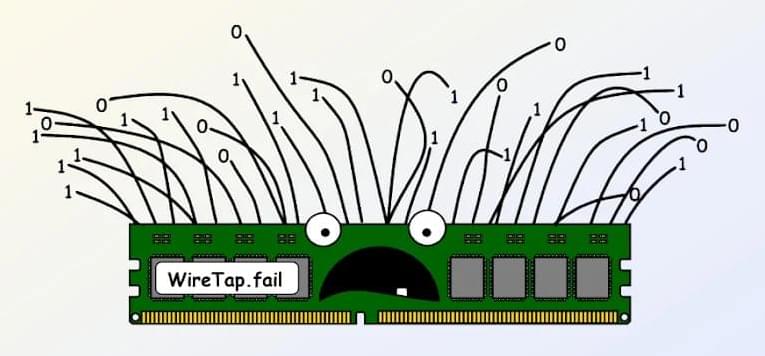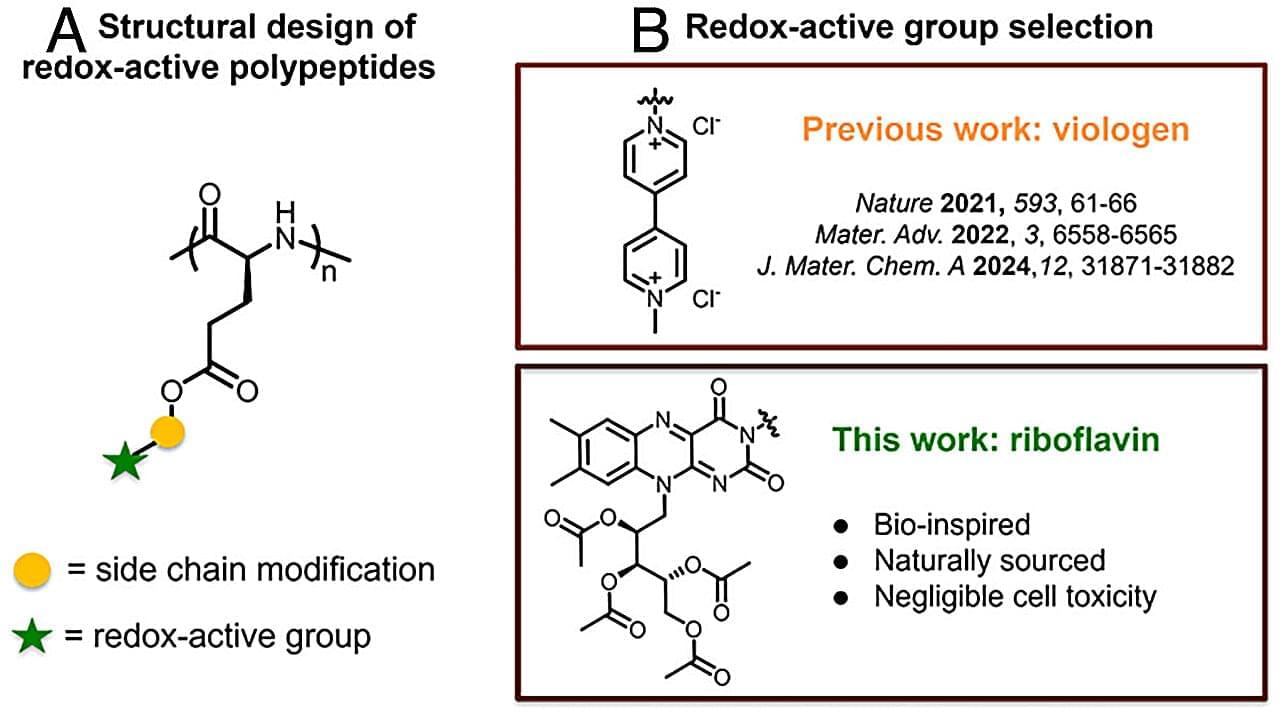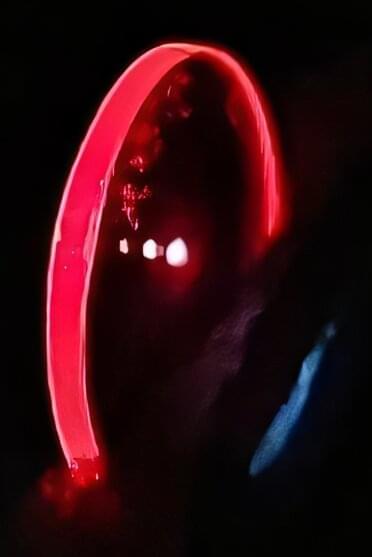In a discovery that bridges a century of physics, scientists have observed a phenomenon, once thought to be the domain of inorganic metal oxides, thriving within a glowing organic semiconductor molecule. This work, led by the University of Cambridge, reveals a powerful new mechanism for harvesting light and turning it into electricity. This could redefine the future of solar energy and electronics, and lead to lighter, cheaper, and simpler solar panels made from a single material.
The research focuses on a spin-radical organic semiconductor molecule called P3TTM. At its center sits a single, unpaired electron, giving it unique magnetic and electronic properties. This work arises from a collaboration between the synthetic chemistry team of Professor Hugo Bronstein in the Yusuf Hamied Department of Chemistry and the semiconductor physics team led by Professor Sir Richard Friend in the Department of Physics. They have developed this class of molecules to give very efficient luminescence, as exploited in organic LEDs.
However, the study, published in Nature Materials, reveals their hidden talent: When brought into close contact, their unpaired electrons interact in a manner strikingly similar to a Mott-Hubbard insulator.







